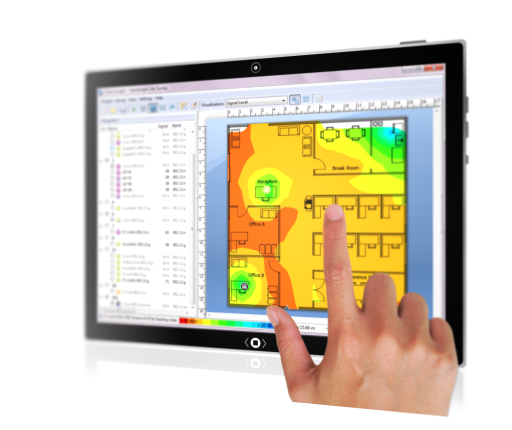TamoGraph® Site Survey
Professional Wi-Fi Site Survey Software
for Microsoft® Windows® and macOS®
Help Documentation
Version 8

Copyright © 2010-2024 TamoSoft
TamoGraph® Site Survey
Professional Wi-Fi Site Survey Software
for Microsoft® Windows® and macOS®
Help Documentation
Version 8

Copyright © 2010-2024 TamoSoft